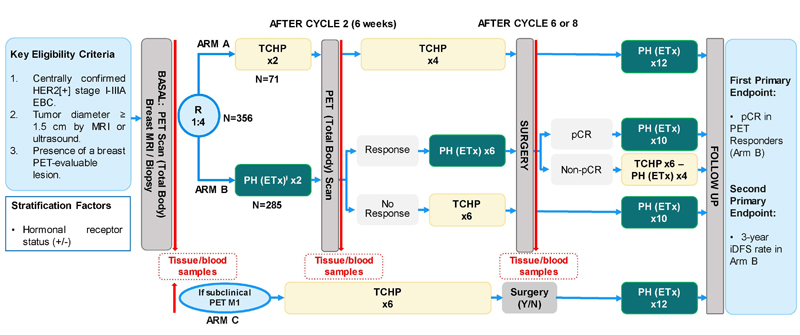Researchers examined data on thyroid cancer incidence and mortality by sex that was collected from 1975 to 2017 by the National Cancer Institute's Surveillance, Epidemiology, and End Results Program (SEER). During the study period, thyroid cancer diagnoses started climbing in the 1990s, reaching a peak in 2013 of 22.4 cases per 100,000 in women and 7.8 cases per 100,000 in men.
Prior to 1990, papillary thyroid cancer accounted for 75% to 80% of all cases; in the period after 2010 this climbed to 90% of all cases. Over the entire study period, the incidence of papillary thyroid cancer diagnoses climbed from 4.6 to 17.9 cases per 100,000 among women and from 2.2 to 6.5 cases per 100,000 among men.
However, a meta-analysis of autopsy reports done as part of the study suggests that diagnoses of subclinical papillary thyroid cancer shouldn't be so disparate between the sexes, the study team reports in JAMA Internal Medicine.
On autopsy, the pooled prevalence of subclinical papillary thyroid cancer was 14% among women and 11% among men.
"Clinically silent, small thyroid cancers exist in men and women about equally at autopsy, but they are found during life four times more often in women than men," said senior study author Dr. Louise Davies of the VA Outcomes Group at the Department of Veterans Affairs in White River Junction, Vermont, and The Dartmouth Institute for Health Policy & Clinical Practice in Hanover, New Hampshire.
"This means women are at much greater risk than men of having a thyroid cancer found that was unlikely to ever become apparent during their lifetime, and then undergoing a treatment that might have been avoided," Dr. Davies said by email.
For more lethal thyroid cancers, the incidence ratio for detection by sex approached 1:1, the study also found.
"We were surprised how, as the lethality of the cancer type increased, the rate of diagnosis among men and women became nearly equal," Dr. Davies said. "We knew that low-risk thyroid cancers were found more often in women than men, but this finding, which extends to other types of thyroid cancers beyond papillary type, was quite striking."
One limitation of the study, the authors note, is a lack of data on how or why thyroid cancers in the SEER database were detected.
"Most clinicians recognize that overdiagnosis of thyroid cancer does occur, and that women may be uniquely vulnerable to overdiagnosis since they see clinicians more often," said Dr. Megan Haymart, a professor of metabolism, endocrinology and diabetes at the University of Michigan in Ann Arbor.
"However, since other thyroid conditions, including thyroid nodules, are more common in women, some clinicians wonder if there could also be biological differences," Dr. Haymart, who wasn't involved in the study, said by email.
Still, if women are disproportionately diagnosed with thyroid cancer, they may be disproportionately at risk for complications and side effects from downstream treatments, as well as the worry and distress of managing their diagnosis, Dr. Haymart said.
"Identifying the 'sweet-spot' where we pick up the life threatening, dangerous cancers and don't over-diagnose the indolent cancers is tricky," Dr. Haymart said. "More research is needed to help clinicians refine their diagnosis process and tailor downstream treatments and surveillance."
SOURCE: https://bit.ly/3Axjsu5 JAMA Internal Medicine, online August 30, 2021.
By Lisa Rapaport
Posted on
Previous Article
« Thirty seconds of Mozart may curb electrical activity spikes in refractory epilepsy Next Article
Residual breast cancer burden after neoadjuvant chemo predicts survival »
« Thirty seconds of Mozart may curb electrical activity spikes in refractory epilepsy Next Article
Residual breast cancer burden after neoadjuvant chemo predicts survival »
Related Articles


February 18, 2021
Interventions in JAK/STAT signalling pathway
© 2024 Medicom Medical Publishers. All rights reserved. Terms and Conditions | Privacy Policy

